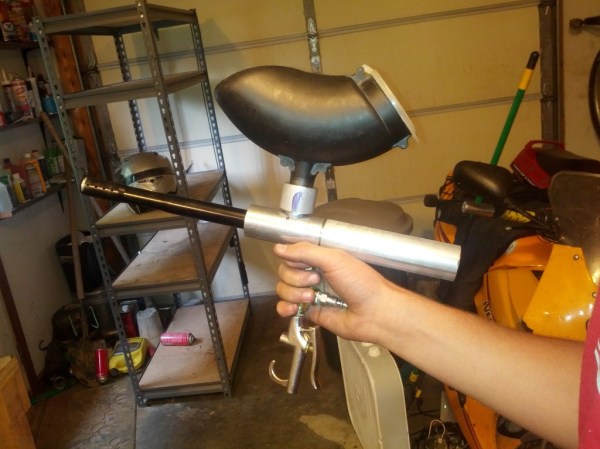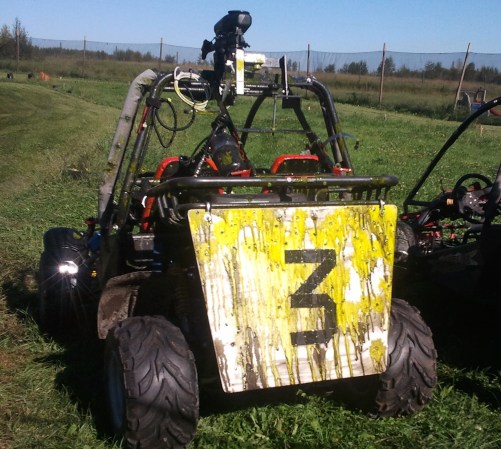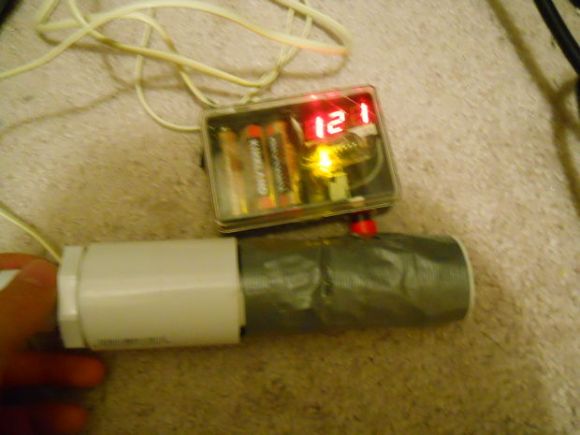[Ben’s] big brother [Brian] has been slowly building up a respectable mini-machine shop in his garage over the past few years, collecting odds and ends off of Craigslist for cheap. Looking for a fun project to do together, they decided to try their hand at building a paintball gun — completely from scratch.
They have a Spyder paintball gun that they have taken apart many times — but it uses a stacked tube configuration for the firing mechanism — a bit too complex for a first project. After discovering ZDSPB.com (which is an awesome site that has animations of all the different styles of paintball guns) they settled on making a Tippman clone.
Trying to keep the budget as small as possible, [Brian] found a free 3D CAD program from the makers of Pro/E — it’s called Creo Elements/Direct Modeling Express 6.0, and with that they began designing the gun…
Once they had the mechanism down pat they just had to start machining. Here’s the highly anticipated first test fire — can you hear the joy in the success?


















